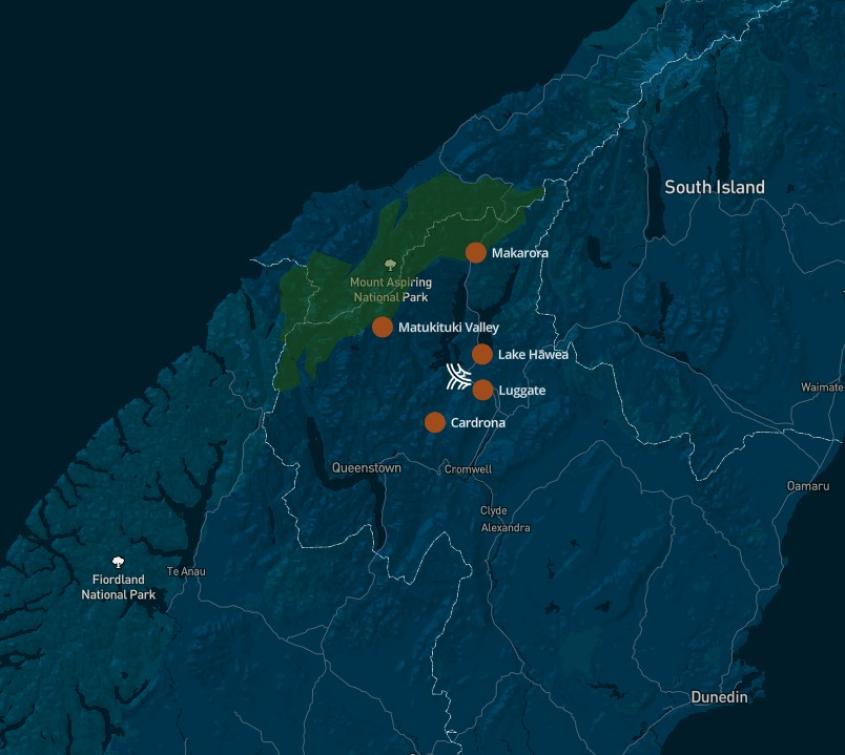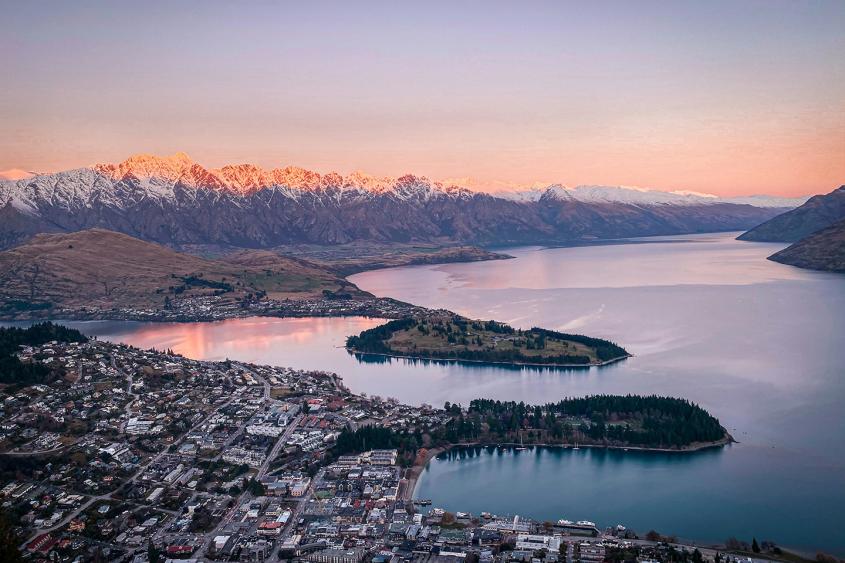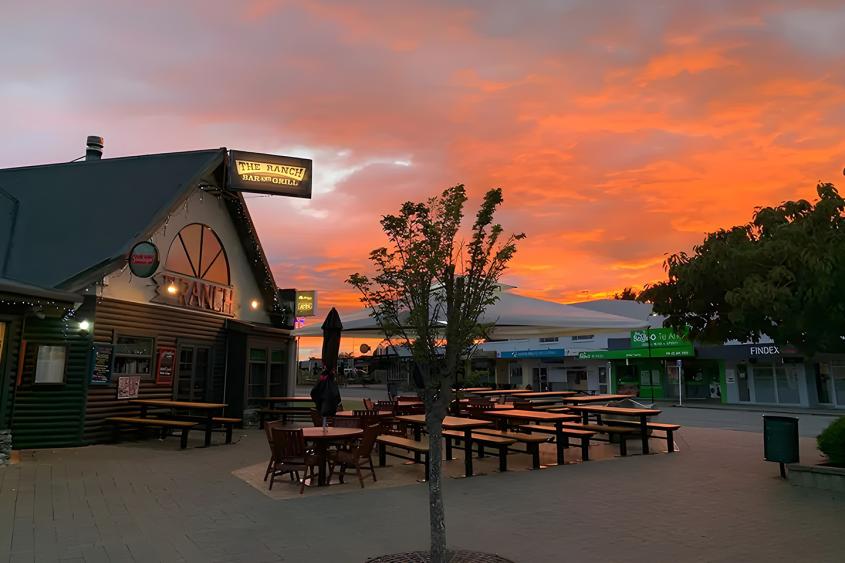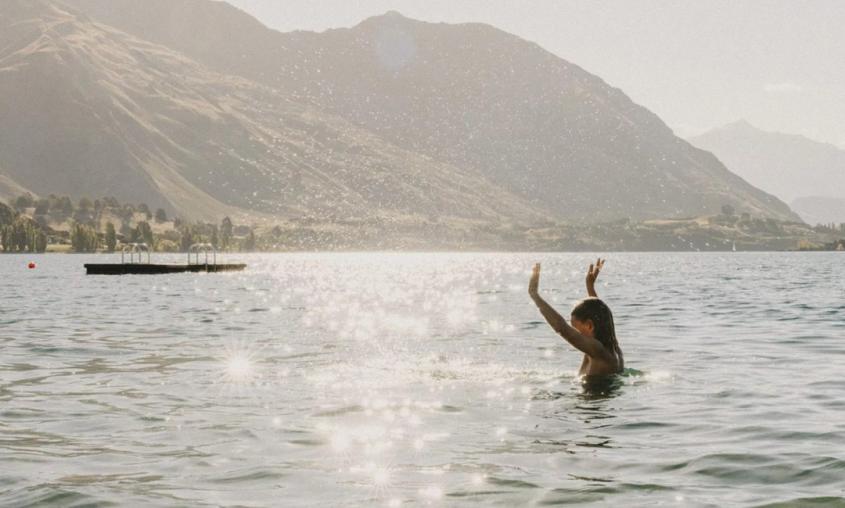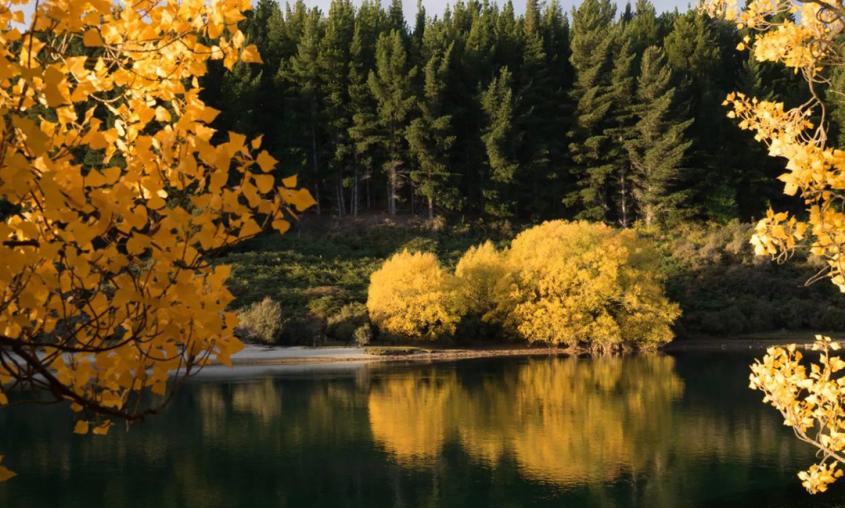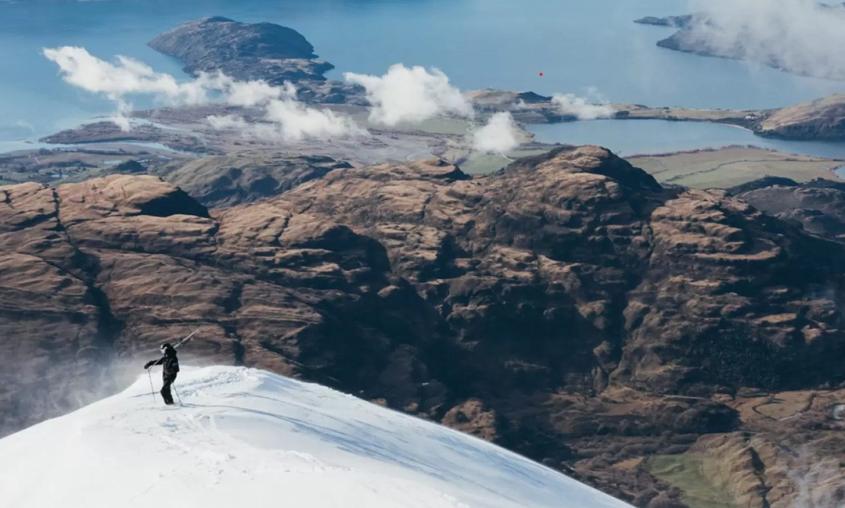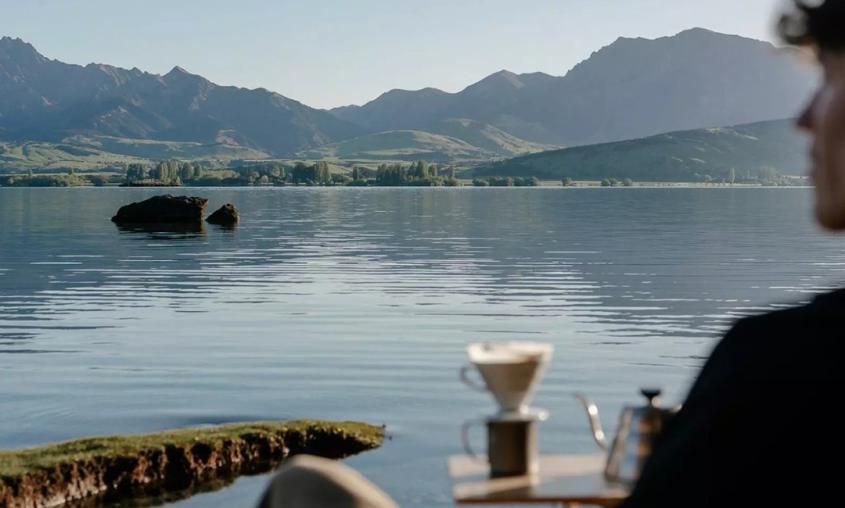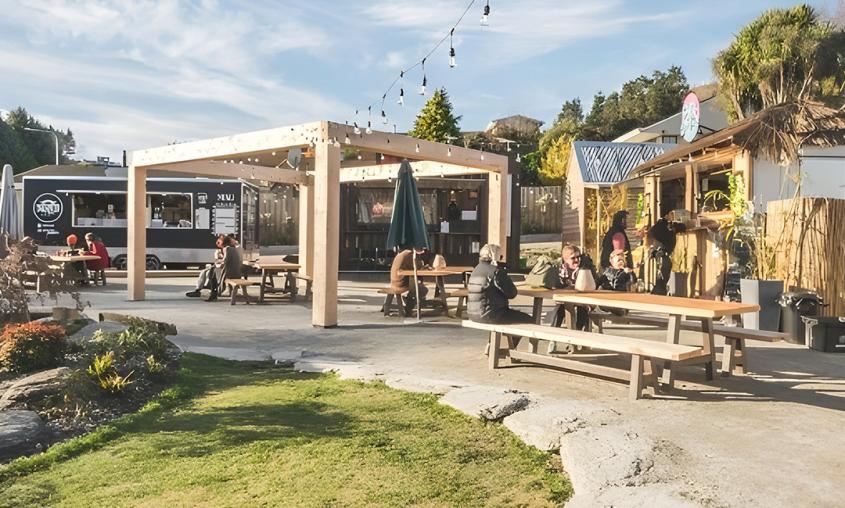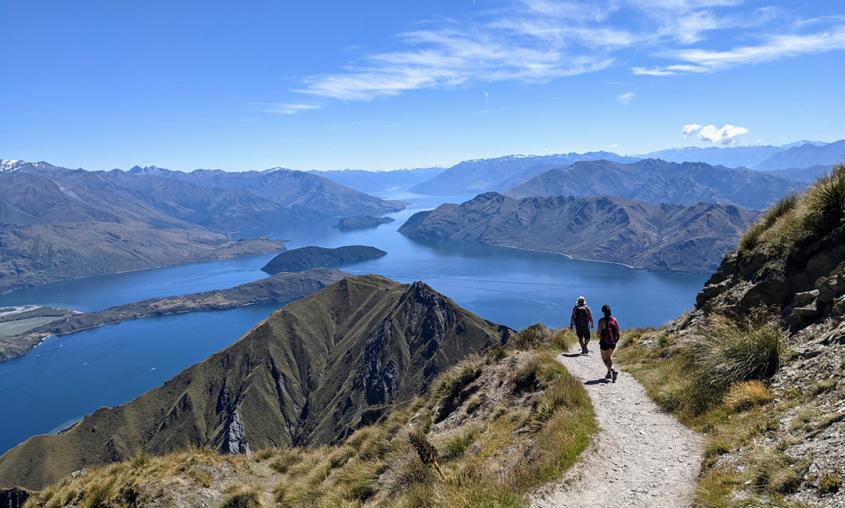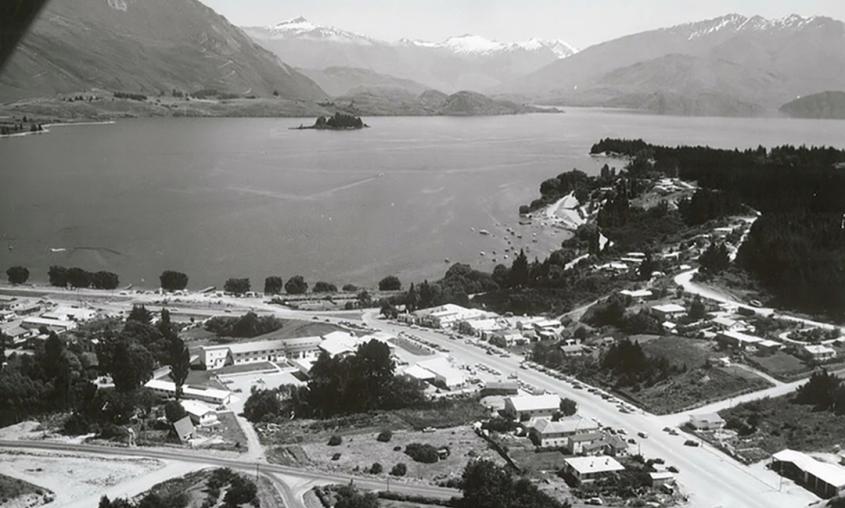Wanaka: Alpine Paradise on the Shores of Crystal Blue
Discover Wanaka, a stunning resort town nestled alongside its namesake lake with the Southern Alps as its backdrop. This breathtaking destination combines outdoor adventure with relaxed lakeside charm, offering world-class skiing, hiking trails, and water activities year-round, making it an essential stop on any South Island itinerary.
Getting to Wanaka
Wanaka is conveniently accessible from major South Island destinations, with well-maintained roads and regular transport services available throughout the year.
Situated just over an hour's drive from Queenstown via the spectacular Crown Range Road (New Zealand's highest main road), Wanaka offers travelers a scenic journey through alpine landscapes. Alternatively, the slightly longer route through the Kawarau Gorge provides equally impressive views. From Christchurch, the 5-hour drive showcases the diverse Canterbury Plains and Lindis Pass. Regular bus services connect Wanaka to other major towns, and the nearest airport in Queenstown provides international and domestic flights, making Wanaka accessible for all travelers seeking alpine adventures.
Activities in Wanaka
Experience an exceptional range of year-round activities in Wanaka, from world-class skiing and snowboarding to hiking, mountain biking, water sports, and unique attractions that showcase the region's natural beauty and adventure offerings.
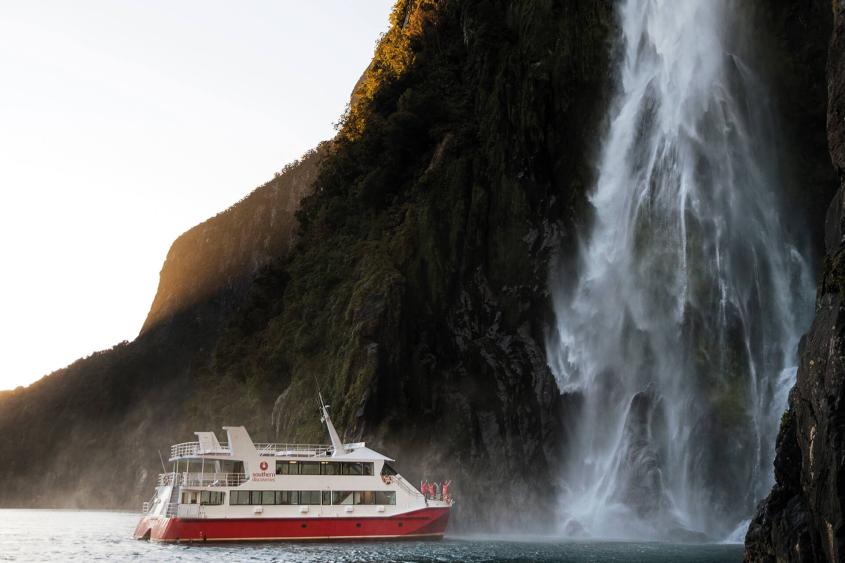
ex Milford Sound
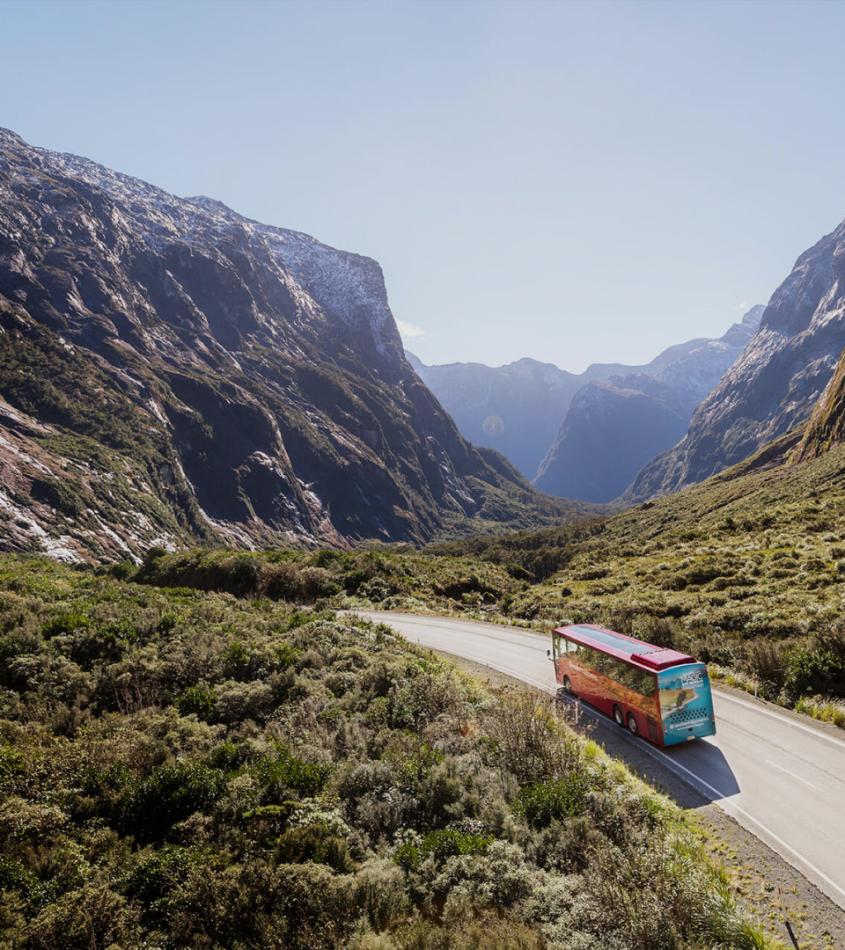
ex Queenstown or Te Anau
Towns near Wanaka
Explore the remarkable destinations surrounding Wanaka, each offering distinctive experiences that complement your visit. From adventurous Queenstown to charming Arrowtown and the gateway town of Te Anau, these nearby locations are perfect for day trips or extended explorations.
![About Queenstown]()
About Queenstown
Just 67km from Wanaka, Queenstown is internationally renowned as New Zealand's adventure capital. This vibrant resort town offers year-round activities including jet boating, bungy jumping, and premium ski fields, alongside sophisticated dining and shopping experiences. Many visitors enjoy the contrasting atmospheres of bustling Queenstown and more relaxed Wanaka for a comprehensive Southern Lakes experience.
Explore Queenstown
![About Te Anau]()
About Te Anau
Located approximately 230km southwest of Wanaka, Te Anau serves as the gateway to Fiordland National Park and Milford Sound. This picturesque lakeside town sits on the shores of Lake Te Anau, New Zealand's second-largest lake. It's the ideal base for exploring Fiordland's wilderness, accessing the famous Milford Sound cruises, and experiencing three of New Zealand's Great Walks in one remarkable region.
Explore Te Anau
Weather in Wanaka
Wanaka enjoys a continental climate with four distinct seasons, each offering unique experiences and landscape transformations throughout the year.
Summer (December-February)
Summer (December-February) brings warm, dry days with temperatures reaching 20-25°C, perfect for lake activities, hiking, and long evenings at waterfront restaurants.
Autumn (March-May)
Autumn (March-May) transforms Wanaka into a photographer's paradise with spectacular golden foliage against azure lake waters and snow-dusted mountains.
Winter (June-September)
Winter (June-September) delivers crisp, clear days around 0-10°C with reliable snowfall for the region's excellent ski fields.
Spring (September-November)
Spring (September-November) features warming temperatures, blooming wildflowers, and the perfect conditions for outdoor adventures before the summer crowds arrive. Wanaka typically receives less rainfall than the west coast, contributing to its reputation for clear, sunny days across all seasons.
Where to Eat in Wanaka
Wanaka's food scene combines spectacular lakefront dining settings with creative cuisine showcasing Central Otago's renowned produce and wines.
This alpine town punches above its weight with diverse dining options ranging from casual cafés to refined restaurants helmed by innovative chefs. Lakefront establishments offer unrivalled views across Lake Wanaka to the mountains beyond, creating memorable settings for any meal. Local specialties feature Central Otago wines, stone fruit, wild game, and artisanal products from surrounding farms. Several wineries within easy reach provide tasting opportunities and gourmet experiences. For casual dining, food trucks and markets showcase international flavours with local ingredients, while coffee enthusiasts will appreciate the town's excellent café culture after a morning of adventure.
Day Walks around Wanaka
Wanaka offers an impressive array of walking tracks suitable for all abilities, from leisurely lakeside strolls to more challenging alpine hikes with spectacular panoramic views.
The iconic Roy's Peak track rewards hikers with one of New Zealand's most photographed views – a breathtaking panorama of Lake Wanaka and Mount Aspiring National Park from its 1,578m summit. For those seeking less demanding options, the Mount Iron Loop Track offers a relatively easy 1.5-hour circuit with 360-degree views of the Wanaka Basin. The Blue Pools Track provides access to crystal-clear azure waters along an easy forest walk, perfect for families. Diamond Lake and Rocky Mountain tracks offer various route options with exceptional viewpoints. The Millennium Walkway presents a flat, accessible path along Wanaka's stunning lakefront, ideal for all ages and abilities.
History of Wanaka
Wanaka's fascinating journey from Māori trading route to gold rush territory to today's premier resort destination reflects the dynamic history of New Zealand's Southern Lakes region.
The Wanaka area was originally known to Māori as "Oanaka," with seasonal settlements established for hunting and gathering expeditions while traveling greenstone (pounamu) trading routes. European settlers arrived in the 1850s, establishing sheep stations on the productive grasslands surrounding the lake. The 1860s Central Otago gold rush brought prospectors to the region, with nearby Arrowtown and Cardrona becoming significant mining settlements. Originally called Pembroke, the town was renamed Wanaka in 1940. While remaining relatively quiet compared to neighbouring Queenstown, the development of skiing in the 1970s and increasing recognition of the area's natural beauty transformed Wanaka into the sophisticated resort town visitors enjoy today, carefully balancing growth with preservation of its spectacular natural environment.

